The application of cation exchange chromatography resin in collagen purification
Collagen possesses good biological characteristics, which lead to its wide application in fields including tissue engineering, medical devices, medical aesthetics, cosmetics, food industry and packaging materials. As bio-technology gradually advances, significant technological breakthroughs in the expression, purification and modification of collagen have been achieved. In addition to the improvement of collagen purification in terms of purity, activity and security, this also facilitates the customization of collagen products to tailor for various customer needs. This article will focus on cation exchange chromatography resins as well as their application in collagen purification.
An overview of the production process of Recombinant collagen
Recombinant collagen is obtained via recombinant DNA technology. Currently multiple expression systems have been used in the production of collagen, including E.coli,yeast and mammalian cells expression systems. Compared to animal-sourced collagen, recombinant collagen enjoys advantages including high productivity, lower cost and short production timeline. Production process includes steps such as fermentation , clarification, chromatography purification, concentration&buffer change and aseptic filtration(See fig.1 for production process of collagen).
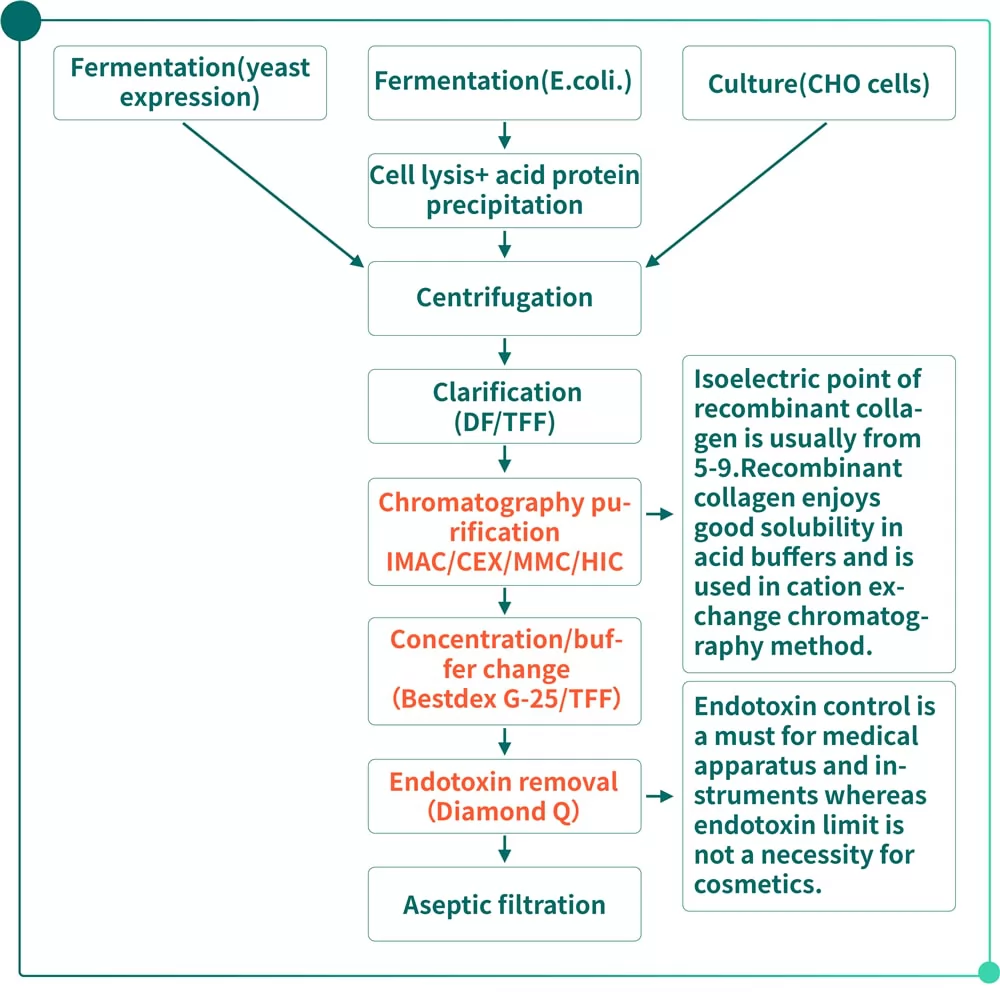
Fig.1 Production process of recombinant collagen
Recombinant proteins are sensitive to pH, which is suitable for acid buffers. Thus, CEX resins are used for the purification of soluble expressed recombinant proteins. Bestchrom SP Bestarose FF and CM Bestarose FF resins enjoy advantages such as high flow and high binding capacity, suitable to connect centrifuged & clarified samples for the rapid obtain of purified collagen. Diamond CD-S resin can also be used for polishing due to its high resolution, which enables the production of highly purified collagen by removing relevant small molecules and aggregates.
Case study
• Case 1: SP Bestarose FF resin used in the purification of Recombinant type XVII collagen
Sample: keep conductivity and pH the same as that of equilibration buffer.

Fig.2 SP Bestarose FF chromatogram
In this case, no target protein is found in flow-through. Keep increasing conductivity in elution to get collagen with high purity.
• Case 2: CM Bestarose FFvused in the purification of recombinant type XVII collagen
Sample:conductivity 4.9 mS/cm,pH4.0
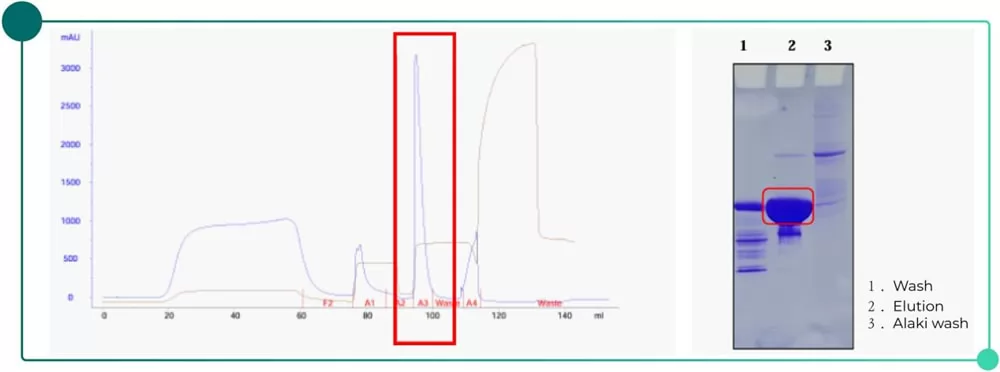
Fig.3 CM Bestarose FF Chromatogram
In this case, optimizing linear pH and conductivity to determine wash and elution condition, in order to finally achieve isocratic elution and get purity of 91.16% via one step.
• Case 3: Diamond CD-S resin used in the removal of precipitated segments in recombinant type III collagen
Sample:Diamond Phenyl(HS)is used for the capture of recombinant type III collagen,adjust conductivity and pH to keep them uniform with equilibration buffer.
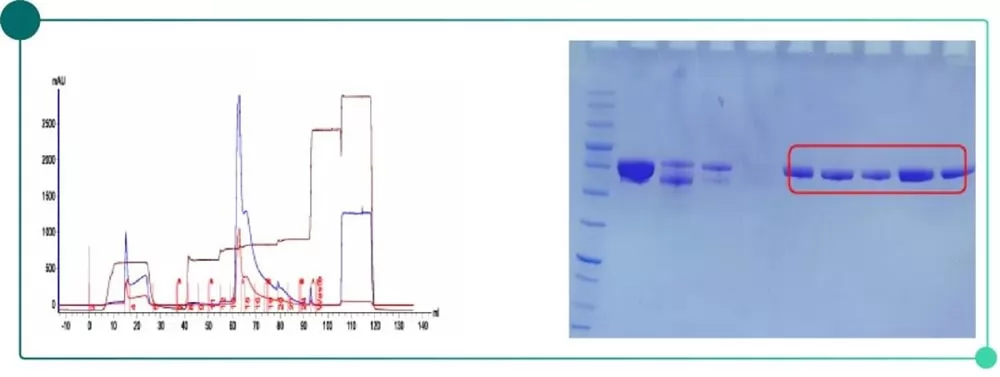
Fig.4 Diamond CD-S Chromatogram
In this case,slight amount of precipitated fragments are still present in the collagen purified by Diamond Phenyl(HS)resin. After using Diamond CD-S resin, precipitated molecules will flow through and most target molecules will be achieved after elution. No noticeable impurity band is observed.
Conclusion
The appropriate purification strategy and resins are the key to quality collagen product. Bestchrom CEX resins are widely used in the purification of collagen ranging from lab-scale project to commercial production as a result of their good performance and lot-to-lot consistency.
Order Information
|
Resin |
Pack size |
Cat.No |
|---|
|
SP Bestarose FF |
25mL |
AI0011 |
|
CM Bestarose FF |
25mL |
AI0041 |
|
Diamond CD-S |
25mL |
AI05501 |



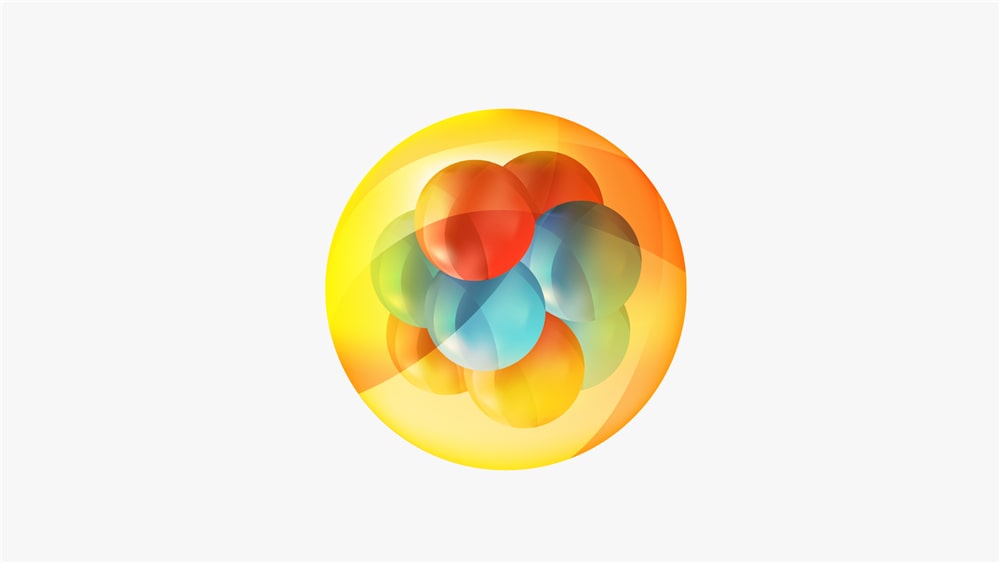

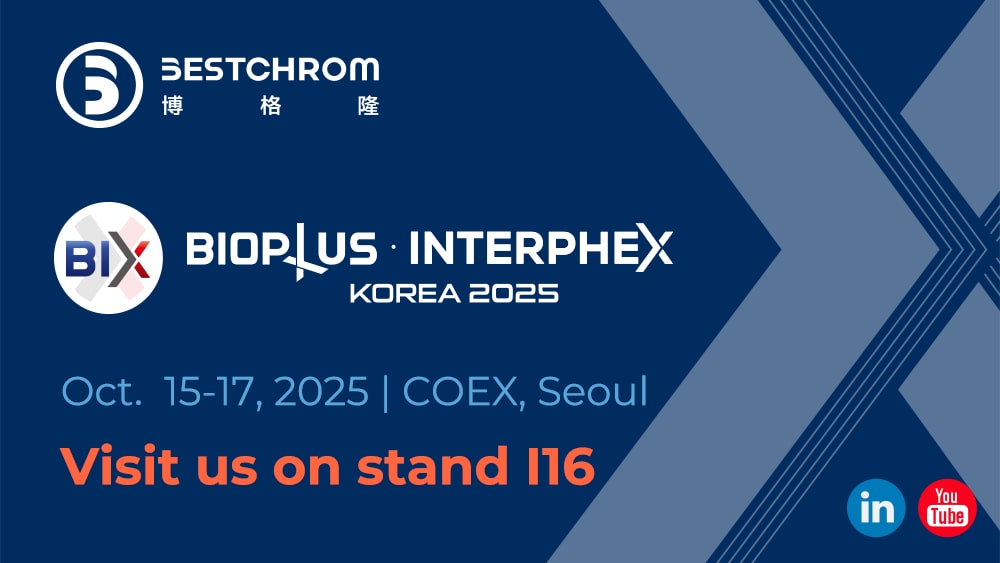

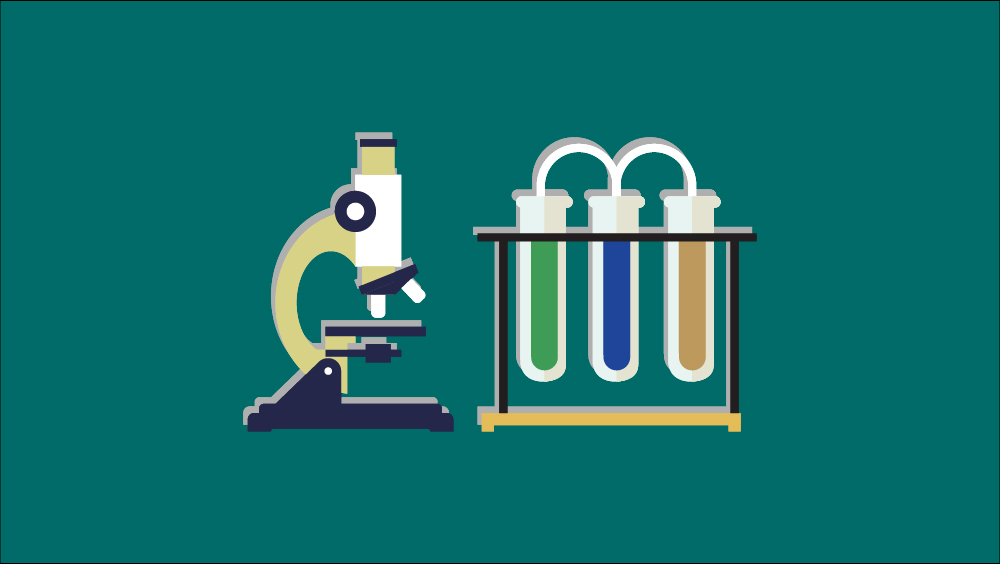

.png)


